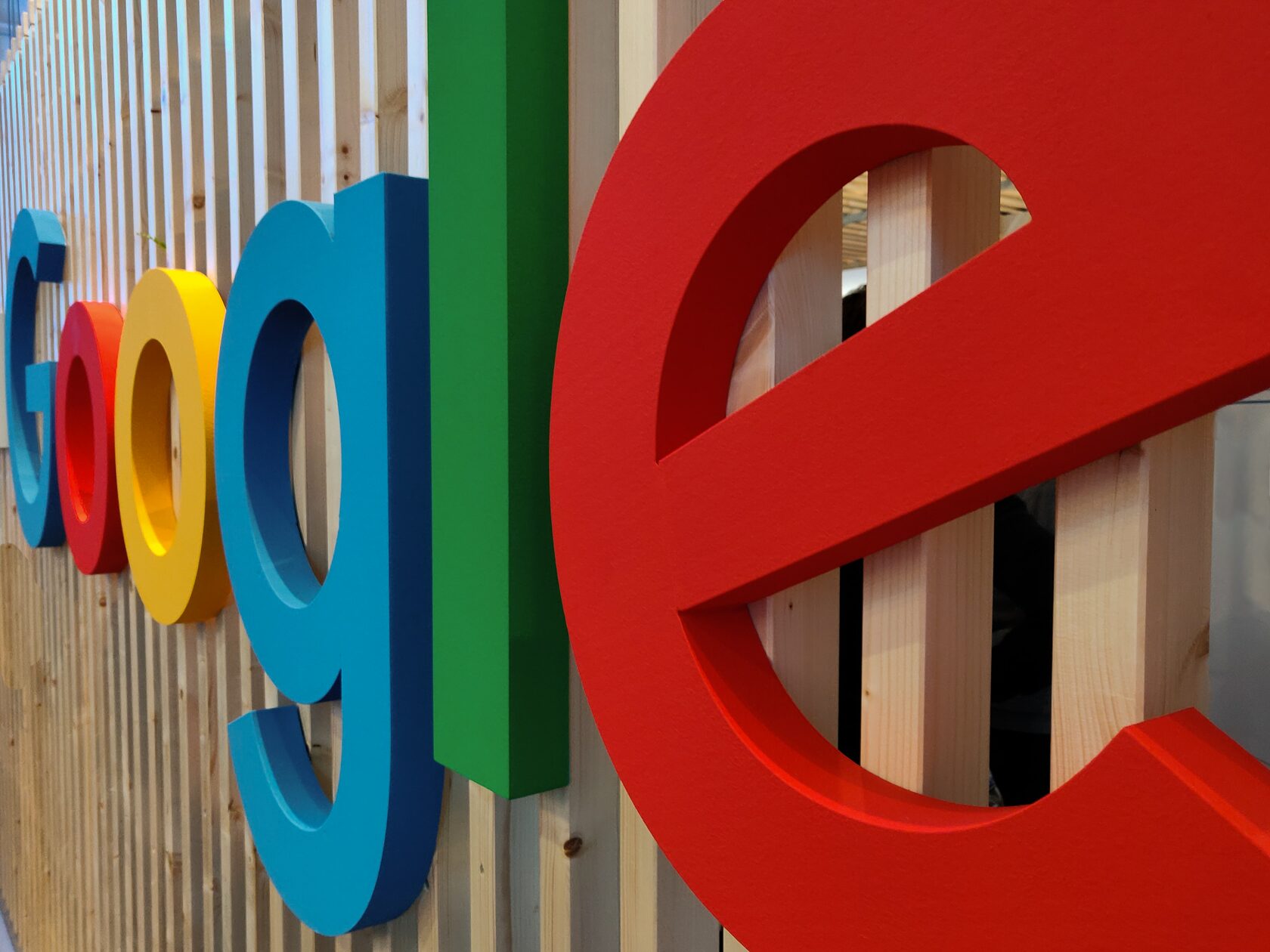Basic Definitions

So what exactly is neuromarketing? It’s a discipline that uses the principles of neuroscience to improve the quality of marketing research. While we’re constantly wearing masks in our day-to-day lives, our brain activity removes all of them. Quite an intimate experience.
Neuroscientists study our nervous system to discover how we think and make decisions. While we’re capable of being rational, most of our actions are based on emotions and instincts, on our subconsciousness. That’s why opinions are an unreliable source of info.
Neuromarketing allows us to get a better understanding of customers’ motivations and their reactions to external stimuli. Thanks to eye tracking, for example, we know that gaze is an important factor in advertising. Why? Because your viewers look where your actors do.
Technologies

Neuromarketing utilizes various technologies, such as eye tracking, pupillometry, facial coding, EEG and fMRI. Most of them require significant investments. Still, discoveries of innovative brands can be studied and replicated by other, less research-driven companies.
Neuromarketing technologies can be split into brain scanning and physiological tracking. While scanning is more precise, it's costly (at least $20000 per machine!) and not very portable. Laying down with your head inside a large metal frame is hardly natural.
If you’re looking forward to investing in these technologies, begin with more simple and affordable ones – trackers. These will save you a significant amount of time and money, all while providing valuable insights. Besides, the data they give is easier to decipher.
Use Cases

Neuromarketing can be used to optimize existing marketing efforts and ensure the success of emerging products or services. This discipline goes well with traditional marketing, filling the gaps in conventional methods. No longer will you be misled by biased opinions!
Customer journey is lengthy. Your clients go through discovery to purchase, meeting countless roadblocks along the way. Through neuroscience research, you can spot where your audience has the most issues. Be it the brand communication or the product itself.
Neuroscience is already an industry standard in some areas. For example, in UX design. This field is young and primarily research-driven. Marketers can learn a lot from designers’ approach. For example, by adapting a widespread practice of eye-tracking user testing.
Reasons to Use
There’re a lot of science-backed reasons to use neuromarketing. After all, the discipline has come a long way towards being recognized by major brands. In this chapter, we’ll discuss how big corporations avoided the pitfalls of traditional marketing through neuroscience.
Reduce Bias: Frito-Lay

Back in 2018, Frito-Lay hired a research company NeuroFocus to increase the sales of Cheetos. Through brain scanning, the team discovered that customers experienced guilty pleasure while things were getting messy: cheesy coating triggered playful brain responses.
In reaction to these findings, Frito-Lay decided to make a rebellious ad about a woman avenging her tossed out laundry. The woman placed a handful of Cheetos puffs inside a washing machine… Full of the stranger’s white clothes. All with Chester's silent approval.
The advertisement testing yielded some interesting results. While participants of the focus group were verbally furious about its contents, their brain scans showed that they loved the commercial. The ad was a sales-booting, award-winning success. Scans sure didn’t lie!
Test Assumptions: PayPal

Generalizations are harmful. While the “safe and stable” formula might work for a bank’s brand, it doesn’t make it suitable for all financial organizations. Take PayPal, for example. The company emphasizes speed as its main benefit, not the safety of users’ funds.
Why did the company pick this strategy? Neuromarketing is the answer. As it turns out, the brains of PayPal’s existing and aspiring customers have a strong positive reaction to the word “fast”. “Convenient” and “secure” didn’t rank nearly as high. Time to speed up!
After this discovery, PayPal's brand has changed significantly. From the sterile and semi-corporate tone to a much warmer and experience-based presentation. Now the company puts a strong emphasis on the time-saving value of its platform.
Optimize Processes: Google

In 2021, Google published the most complete model of the human brain to date. And that’s to be expected, as human brains and the attention of their owners are the company’s source of revenue. Alphabet implements insights gathered from users’ data to optimize its platform.
Starting from 2013, Google Search Engine’s results are based on the context and user’s intent. No brains were scanned (probably), but the algorithm built into the engine still provides consistent results. How exactly? It was trained on billions of users’ queries.
Google’s example shows us how creative neuromarketing can be. After all, it’s all about the deep understanding of the customer. As AI technologies emerge, more businesses can afford to conduct neuromarketing research. It’s not just about scanners and trackers.
Proven Tactics
Standing on the shoulders of giants might sound less appealing than making your own discoveries. Still, there's not much reason to invent a bicycle when you already have a bike. Consider implementing these high-level insights in your own marketing campaigns.Hiding in Plain Sight: Amazon

Subliminal influence is mostly a myth. There’s no “buy button” in our brain, and that’s some great news! But is there a more effective (and moral) way to persuade customers without bothering them with sales talk? Actually, there is, and it’s called midliminal neuromarketing.
“Midliminal” was first introduced in the book “Blindsight: the mostly hidden ways marketing shapes our brains”. Its authors, Matt Johnson and Prince Ghuman, state that our decisions can be influenced by background information. Even when we’re not fully aware of it.
Take a look at the Amazon logo, for example. Its hidden messaging features two concepts: universal availability (arrow from A to Z) and positive experience (arrow forms a smile).
Simple, yet effective way to influence your clients’ brand perception while remaining subtle.
Building Mental Models: Nike

People are not actually looking for things, they’re looking for believable mental models of things. These models include all five senses, beliefs, buildup prior to consumption, and lots of other factors. Our brains construct their own reality based on the inputs they receive.
In December 2015, a fascinating study was published. The research explored “performance brand placebos” by giving volunteers two identical golf clubs each. Experiment participants performed 20% better using one of these clubs. The secret? Branding. Just branding.
Clubs were identical in any way imaginable, apart from the instantly recognizable Nike logo on one of them. Participants of the study associated the brand with high performance, and this belief influenced their own performance significantly. Now that’s the brand power!
Creating Memories: Coca-Cola

Attention is important. But what’s even more important is the long-lasting impression. That’s why some lazy brands engage in drama – to reinforce memories through negative emotions. While good experiences can leave long-term memories, you need to be more creative.
Coca-Cola spent dozens of years on brand building until it became a cultural phenomenon. Its brand influence is so powerful that it overrides taste! In 2004, a group of scientists decided to replicate the famous Pepsi Challenge, with and without the branding.
One group didn’t know which of two sodas were in the cups, and mostly chose Pepsi for its taste. But what about the other two groups? They had the same beverage (Pepsi or Coke), but with only one cup branded. Both groups chose “Coke” over “Pepsi”. Memories matter.
Conclusion
Neuromarketing shows that the future of advertising lies in scientific research and exact methodologies. While we can’t read minds (yet), we can already make educated guesses. What’s even better is that technologies and insights are becoming more affordable.Big corporations have already shown the power of neuroscience as early adopters. Similarly to the first computers, neuromarketing technologies are becoming more compact, cheap, and easy to use. Sometimes requiring nothing more than a regular smartphone camera.
Neuromarketing is not a tool of manipulation, but an opportunity to build meaningful relationships with your customers. It might help you better understand your audience and make informed strategic decisions. But most importantly, to deliver value to your clients.